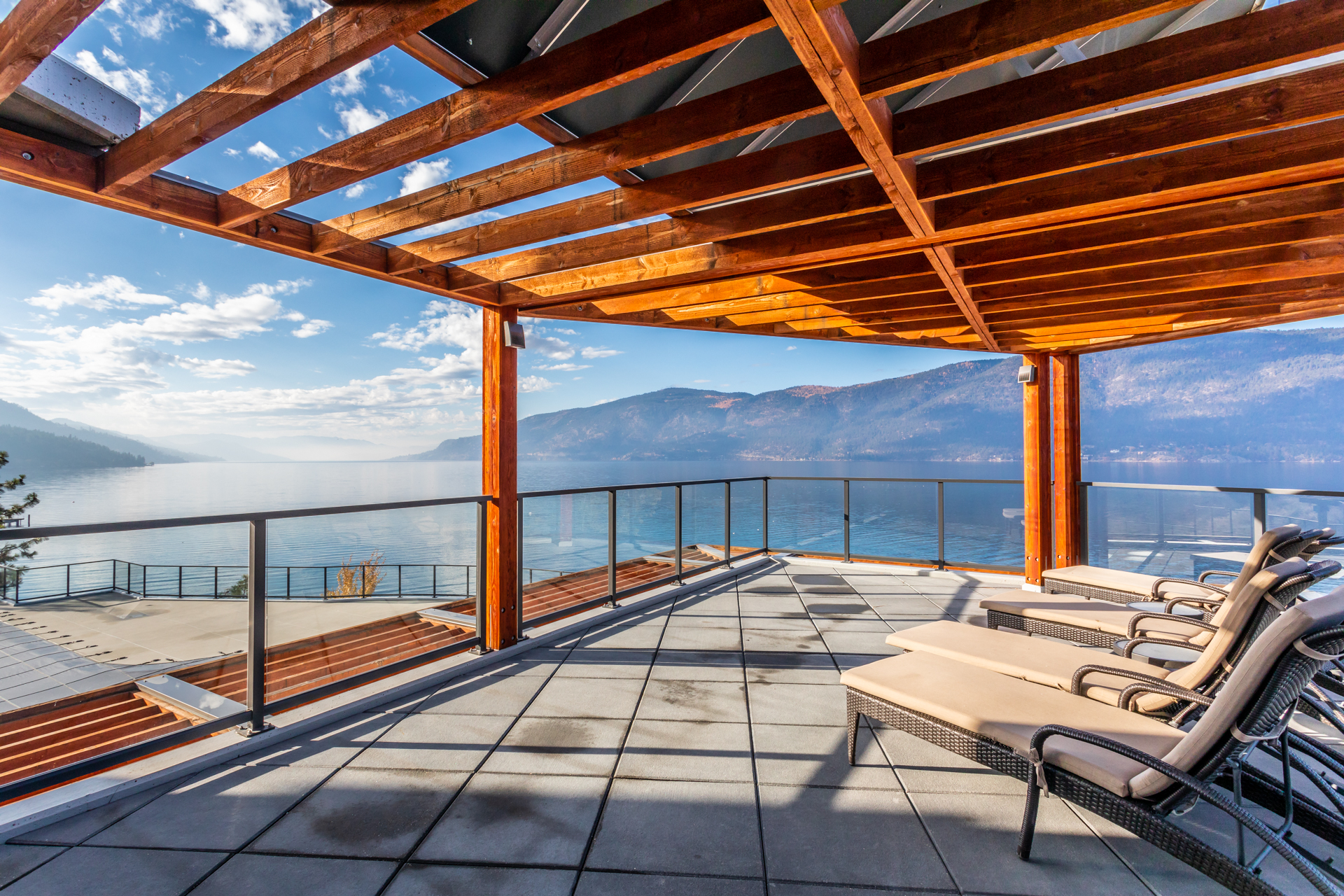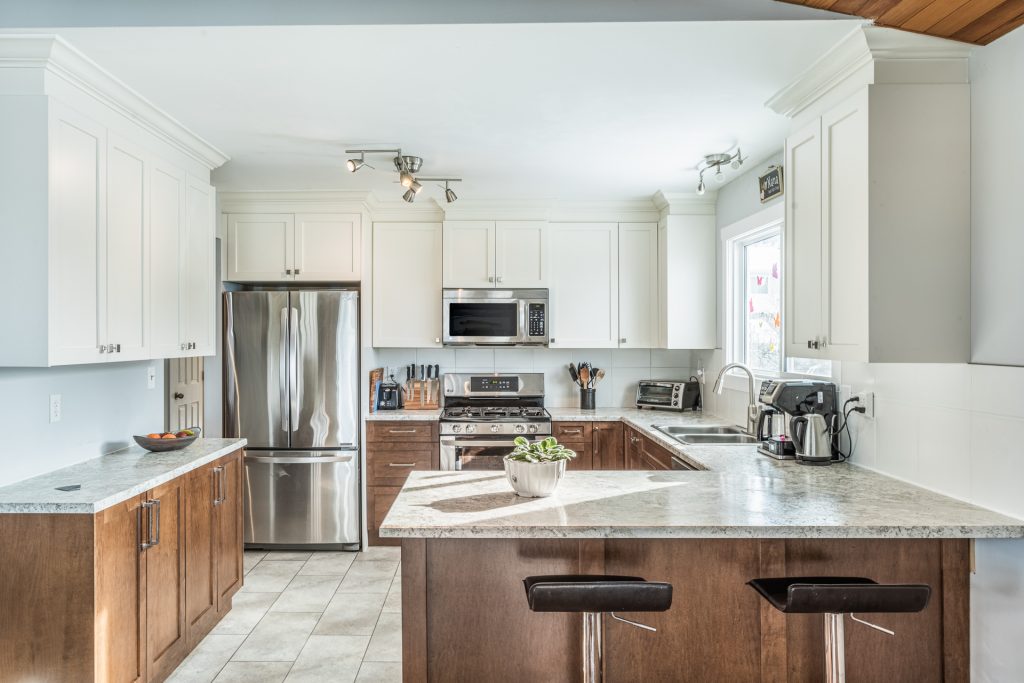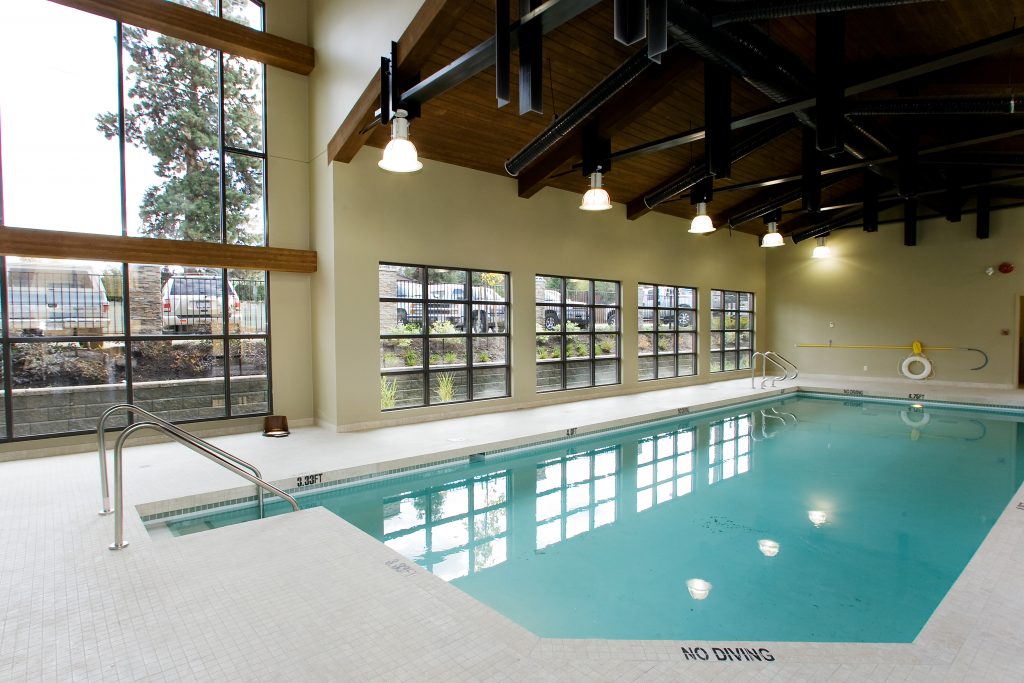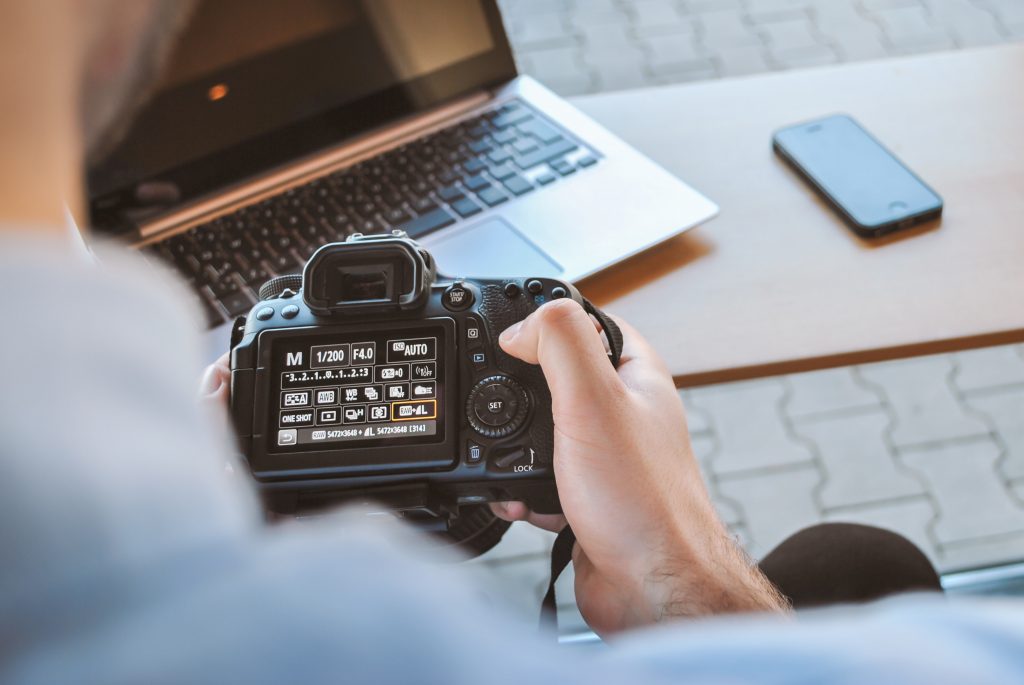Social Links Widget
Click here to edit the Social Media Links settings. This text will not be visible on the front end.
The Art and Science of Real Estate Photography

Do great photos make a difference in real estate sales? Many argue that photos make or break the listing and sales process. And, while it’s true that poor real estate photography can turn off buyers from viewing the subject property, it’s important to note that good photography doesn’t sell real estate. Agents and sellers do that part.
Real Estate Photography: A Buyer’s Perspective
Buyers are looking for the best house at the lowest price. They search for desirable areas, size, number of bedrooms and sometimes features like garages and pools. In a quest for the best at the lowest price, amazing photos won’t help an overpriced house. However, detailed photos, exposed properly can feature the unique and important aspects of a home and property quickly and more effectively than written words.
A Seller’s Perspective
Photos attract buyers to view a property. From there, the property must stand on its own merits. If the property looks the same as the photos buyers often do not remark. If the photos are significantly better than the real-life experience at the home, buyers become untrusting.
Detailed photography can also help sellers and agents negotiate better. The average home viewing by buyers is estimated at 15 minutes and sometimes less. Buyers cannot remember what house had the green carpet let alone the high-quality appliances. Photos serve as a reminder to the buyers of what they are paying for. This is why “great” real estate photography will show sidewalks, foyers, landings, and laundry rooms. These photos can sometimes seem odd to sellers and look lousy. Yet, photos of features serve an important purpose in helping the sellers get more money, clarify value, bolster talking points, and manage buyer expectations.

Getting Prepared
The goal of a good real estate shoot is to “capture” the essence of the home and property, snap a few money shots, shoot the flow of the house and property and get the best fill shots. 3D walk-thru video can accomplish a lot of this. Yet, static photos allow the agent and photographer to stage the angle and exposure to capture perspective. The end goal is to show nicely enough to entice the buyer to book a showing.
What Makes A Good Photo?
A good photo is properly exposed, in focus, representative of the lighting sees through windows to the outside, has understandable angles and perspectives, and reflects the features of the home fairly. If a room is dark it means the photo should probably show this. However, with today’s technology, nearly any space can be brightened. It might be a nice shot, but that doesn’t make it good photography. Photos of hallways, sidewalks, gas meters, and air conditioner units also make good photos in real estate. Photos showing the underside of gutters (soffits) can highlight expense trim and build considerations. The odd detail shot of hinges and faucets can also work well to show the home’s attention to detail and craftsmanship. Good real estate photos should show the good and not-so-great aspects of the home.
Good money shots are important and viewers will give creative license to make these photos look grander than perhaps they are, within the law. Yes, there are laws and rules that must be followed. We can make your grass look greener and photoshop the trash bin but your purple front door must stay.

What Makes A Bad Photo?
Bad photos can look nice. Identifying bad ones is not always easy but here are some red flags. Frosty windows are the first clue. Out of focus and poor angles are another. Random angles and perspectives can also be an indication. Viewers will “feel” these items as much as point them out.
Bad real estate photos can also be excellent photos that simply hide items out of frame. Like the photo of the backyard showing lush green grass that is taken at such an angle to hide the house next door with three bedroom windows looking down onto the pool area. Or, the photo of the driveway zoomed in to hide the 50-foot drop from the garage to the road.
The seller may not like a photo that shows what the home accurately looks like; light, dark, cluttered – it doesn’t mean it’s a bad photo. Photos can help to manage buyer expectations. Sometimes a home is dark. Over-exposing and saturating light in areas that don’t normally have light can create mistrust among buyers. Accept that sometimes photos and the property, are what they are.
Shooting Day Prep
Interior: Turn on all lights, open curtains, clear counters, move furniture to open up spaces, toilet seats down, fold hanging towels, clean, polish, organization, and cleanliness.
Exterior: Time of year is important. Schedule your shoot to address where the sun will be located. Clear the driveway, hide everything possible, mow the lawn and declutter as much as possible.

Our Top Tips for Stellar Real Estate Pics:
- Declutter rooms and make beds
- Turn ON all lights and lamps in the home
- Turn OFF ceiling fans and TVs
- Clear all personal items from counters, dressers, shelves
- Remove magnets and photos from the fridge
- Move all vehicles and boats/ RVs off of the driveway and away from the house
- Remove pet items and garbage /recycling bins from the view
- Hang fresh towels on towel racks
- Ensure you are NOT in the house during the Matterport scans
- Takedown photos and personal items that you don’t want in the VR tour
Photos are important. Yet, stellar photos will not compensate for an overpriced home, an agent that communicates poorly, or a rapid change in the market. Photos are just one of the many tools agents use to help sellers get offers.
Pretty photos of real estate may look like art but agents and photographers must balance the scientific considerations to leverage the photography to impact a sale. It’s more than just pretty pictures.

 Facebook
Facebook
 X
X
 Pinterest
Pinterest
 Copy Link
Copy Link
